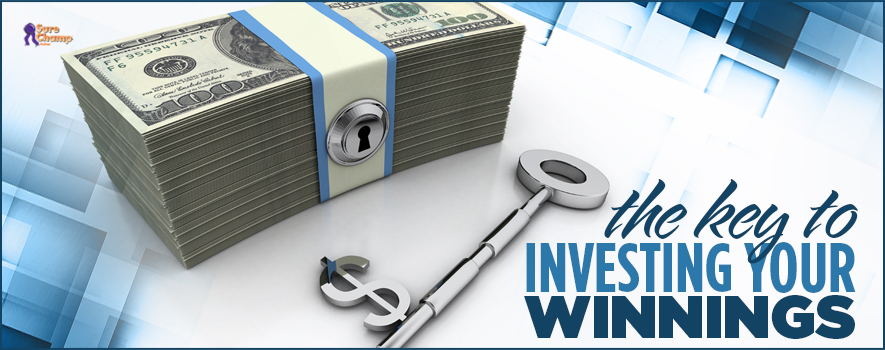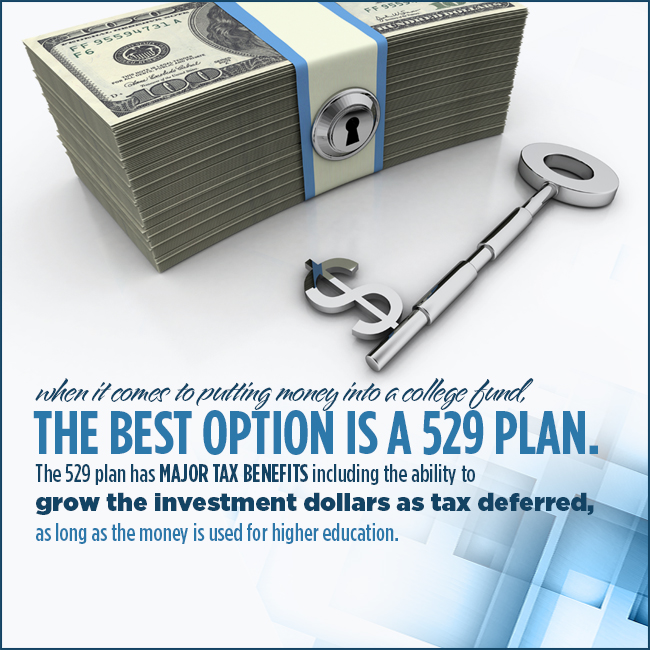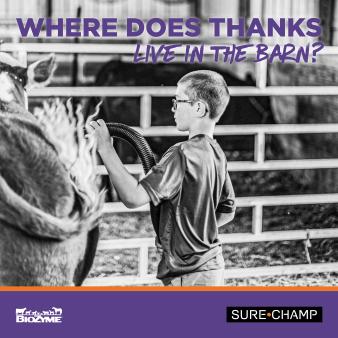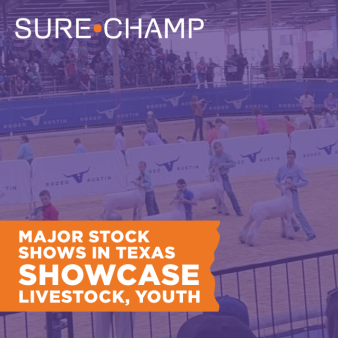
The grand champion drive has ended, and you are taking home the big purple banner. A big paycheck accompanies the banner, and your winnings are enough to make your friends green with envy. What should you do with your show winnings? Is a simple deposit into your community bank enough or should you look for long-term investment options that will maximize that big check – and help you prepare for the future?
 Winning a livestock show premium can be life changing, according to Mark Sullivan. Sullivan is a financial advisor and wealth brokerage specialist who works to help people reach financial goals. His family owns Black Hills Herefords near Olympia, Washington, and Sullivan successfully showed livestock on the local, state and national levels. Though he says he never won a big premium himself during his show career, Sullivan did serve on the National Junior Hereford Board, and currently exhibits his family’s Hereford cattle and watches his nephew start his own show career.
Winning a livestock show premium can be life changing, according to Mark Sullivan. Sullivan is a financial advisor and wealth brokerage specialist who works to help people reach financial goals. His family owns Black Hills Herefords near Olympia, Washington, and Sullivan successfully showed livestock on the local, state and national levels. Though he says he never won a big premium himself during his show career, Sullivan did serve on the National Junior Hereford Board, and currently exhibits his family’s Hereford cattle and watches his nephew start his own show career.
When clients ask for financial advice, Sullivan helps them reach their goals in a risk responsible way. The same applies to a livestock show winner who takes home a big prize. Sullivan says when the dollar amount is significant he would advise a client to define what their goals are and what this money should be used for.
Most often these big show premiums can pave the way for a terrific college fund.
“We are talking about young kids who made life-altering money and can now move the needle and change potential for outcomes down the line,” Sullivan says. “For a lot of these kids it’s college. That’s a significant sum of money that can really lighten the load of college in the future.”
When it comes to putting money into a college fund, Sullivan says the best option is a 529 plan. This is subject to a maximum contribution limit, and a parent or guardian must help open the account if the exhibitor is under 18 years old. The 529 plan has major tax benefits including the ability to grow the investment dollars as tax deferred, as long as the money is used for higher education.
“It may not be exciting to a 12-year old but it is by far the best option for a college savings plan,” Sullivan says. “The government is eating the tax bill if you use the money in this plan to go to college.”
If the exhibitor is young they might be thinking about building on their current project with more equipment or a new vehicle. They could intend to use their premium money to buy the next great show animal or pay back mom and dad for their feed purchases. Sullivan says there are ways to do all three and the key is being able to avoid risk and plan for the future.
A younger exhibitor has more time to grow a college fund and could be more aggressive with his or her premium money. Sullivan says there are stock market investment options that can be a great fit for an 8-year-old who has time to capture market growth. The further away a winner is from the goal, for example college tuition, the more risk the investments can take. At age 17, however, an exhibitor should not take the chance of investing then losing their premium money. Rather, Sullivan says, they should scale back risk and protect what they have.
It may be considered risky if an exhibitor and his or her family chooses to use show winnings to purchase the next great show animal. Sullivan says in the livestock show world, families already understand the risk involved with this decision. Taking on risk is something agriculture owners, farmers and ranchers anticipate.
“Risk is something all of us involved in ag are aware of,” he says. “It’s a part of all of the choices we make. We make decisions on risk versus reward. This might not be comfortable for those outside of showing livestock but we all understand that an accident can happen to a home grown heifer or a $20,000 steer. It comes down to personal choice on the risks we take.”
Regarding equipment and vehicle purchases, Sullivan says it is important to not overreach your bounds or realistic expectations. Investing in equipment and facilities that have long-term benefits is a better option than investing in a car or tuck.
Two decades ago, certificates of deposit or CDs, were a viable option for show winnings. Today, the interest applied to most CDs is less than 1 percent. Without a strong return, Sullivan does not recommend putting premium money into a CD, but suggests the proven, historical value of putting money into stocks, equities and ownership of companies. Do not try to outsmart the market and make risky bets, he says.
“History tells us stocks will return over the long-term at a rate of 8 to 10 percent per year,” Sullivan says. “You can buy bonds, which return at 4 to 6 percent per year, and cash invested into CDs and short term savings accounts return 1 to 2 percent per year.”
For those young exhibitors who hand the money over to mom and dad, their intentions are so good that Sullivan is not worried of any decision they might make in the short term. For a young person to realize their parents and families have helped with their show project financially, and to desire to help pay a feed bill is a great mentality to have, he says.
“Having a mature conversation about what it takes to afford to show and thanking mom and dad by offering to pay the feed bill is a great start to smart financial planning,” Sullivan says. “It means you realize there are great expenses to showing, and that it is done as a unit – as a family.”
Whatever decision a young person makes with show premiums, he says to remember the great blessing the money can be and that the investment decision can be diverse. Saving for college is probably the smartest choice a person can do for themselves and is the most beneficial decision for long-term success.
Sullivan says to put the money into a plan of action and let the market and the power of compounding interest work.
Finding an investment consultant a show family likes and trusts is important as well as having someone who can understand the exhibitor’s personal goals and attitudes about risk.
“Showing is not a cash-flow positive venture,” he says. “When you factor in all the time, energy and raw cost it is not a money-maker. We do it because we love it. A family can spend time together showing and the benefits are the people they meet. It’s not a dollars and cents payoff in the end.”

